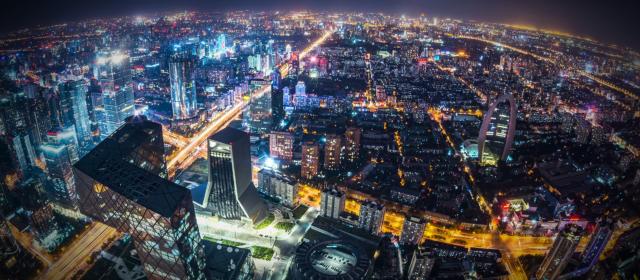According to government figures China’s urban population has grown to more than 813 million people – that’s nearly 60 percent of the country.
It’s all part of a plan to expand cities, modernize the countryside and build urban centers in rural regions. China’s urbanization could mean new markets, investment opportunities and a shift away from an export-driven economy to one based on domestic consumption. But such rapid urbanization is not without its challenges.
To discuss:
- Weiping Wu is the director of Columbia University’s Masters Urban Planning program and the co-author of “The Chinese City”, focusing on China’s urbanization.
- Uwe Brandes is the director of the Masters program in Urban and Regional Planning at Georgetown University.
- Stefan Al is an urban designer and Senior Associate Principal with Kohn Pedersen Fox Associates.
- Yan Song served as an urban planning and transportation consultant in China, and is currently the director of the Chinese Cities program at the University of North Carolina.
For more:
Level of urbanization in China has risen at an annual rate of 1.2 percentage points in the past five years: Xi pic.twitter.com/7lXDYSS08P
— People's Daily, China (@PDChina) October 18, 2017
New challenges, opportunities, and strategic choices for financing sustainable #urbanization in #China https://t.co/ZEAgchCLe0 via @ADBInstitute #sustainablecities pic.twitter.com/ITmVYOtT3a
— Asian Development Bank (@ADB_HQ) January 2, 2018
#Urbanization in #China 🇨🇳 can narrow the #WealthGap says Hao Jingfang @CDRF15 economist https://t.co/5yC7NTQu5C #Davos #cities #Davos18 #WEF pic.twitter.com/vGXVGI2Ren
— NewCities (@NewCities) January 23, 2018
 CGTN America
CGTN America

